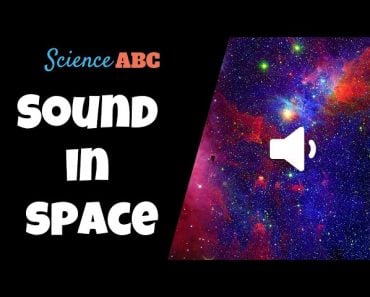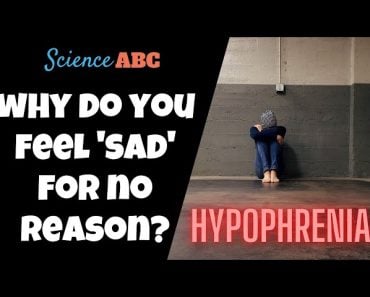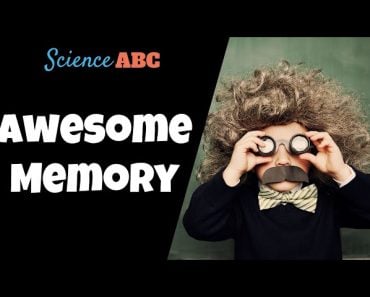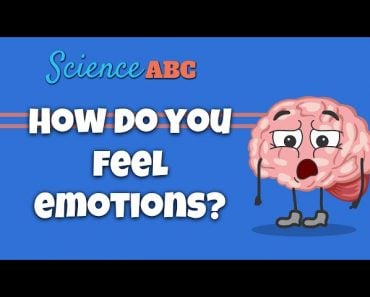Table of Contents (click to expand)
Humans recognize emotions in music in a similar way to how we recognize emotions in speech. We use acoustic cues to differentiate between happy and sad music, such as tempo, pitch, and sound level. These cues are processed in the brain, which then provides a final emotional response.
Music elicits strong emotions, so much so that it is called “the language of emotions”. You might have seen the age-old viral video showing a baby crying in response to a “sad” song, before it even learns to talk!
Clearly, these emotions are not conveyed through lyrics, since we recognize them in background scores too! Even people without any musical training can recognize emotions in music, showing that we’re born with this ability.
Furthermore, we all experience similar feelings in response to certain musical pieces. We would all agree that listening to “The Imperial March” from Star Wars sends chills down our spine, while “Yoda’s Theme” instills a sense of hope.
Ever wonder how we’re able to accomplish this feat of recognizing emotions in music?

Recommended Video for you:
Investigating Emotions In Music
Scientists studying the psychology of music investigate emotions evoked by it using self-reports from listeners. There are two levels in which emotions operate through music. The first one is the emotion that the music is designed to convey to the listener, otherwise known as the “perceived emotion”. The other is the emotion that a listener feels by listening to the music, called the “felt emotion”.
Sad And Happy Music – What’s The Difference?
Music has been known to induce a variety of emotions. However, the most common classification of emotions in music is dichotomous – either happy or sad.

Studies have attempted to elaborate on what differentiates sad music from happy music. Scientists do this by comparing the acoustic properties of musical pieces that are consistently reported by listeners as being either sad or happy.
The results of such analyses provided some interesting insights. Music that is slow in rhythm and uses minor chords was seen to arouse sadness in listeners. On the other hand, faster songs using major scales made listeners feel happy. Several other factors in music were also found to arouse feelings of sadness, such as low pitch and narrow pitch range, low sound level, and low energy execution.
You may notice that a song like “My Favorite Things” from The Sound of Music, which makes us feel upbeat, has a faster tempo and uses major tones, as compared to Celine Dion’s “My Heart Will Go On”, which makes the listeners weepy!
These results suggested that our ears differentiate emotions in musical pieces using certain fixed acoustic properties. This is perhaps because the same acoustic features in language evoke happy or sad emotions in us! Therefore, we sense emotions in music similar to how we sense them while listening to speech.
Brain Responses To Happy And Sad Music
Musical pieces are distinguished as happy or sad at the auditory level in our ear, but does the brain respond to these two types of music differently?
A recent study looking at brain activity during music listening showed that sad and happy music elicit different responses in the brain. The participants of this study had their brains scanned while listening to “sad” and “happy” music. Findings showed that happy music gave rise to activity in brain regions linked to ‘dopamine’ – a neurotransmitter (a brain chemical) released in response to pleasurable stimuli.
Dopamine, when released in the brain, makes us feel happy or euphoric, thus improving our mood. Dopamine not only makes eating your favorite candy pleasurable, but also listening to your favorite song!
On the other hand, sad music increased activity in brain regions linked to processing emotions, such as the amygdala. This is an almond-shaped structure in the brain that helps us feel a wide range of emotions, including sadness and fear. It is the amygdala that signals you to run away from a snake, and it can also make you cry when you hear a sad song.
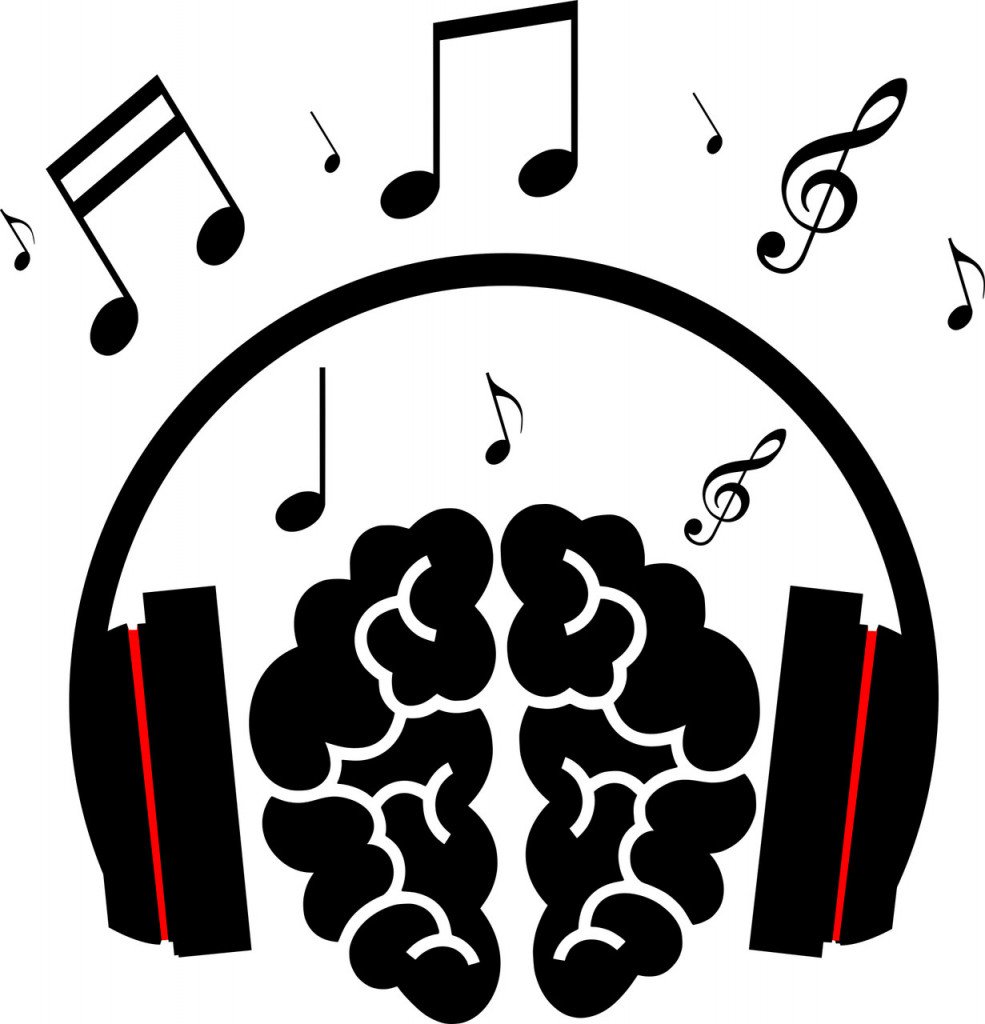
Thus, the brain provides “pleasure” in response to happy music, and makes us “emotional” while listening to sad music. Therefore, while our ears may perform a primary classification of emotions in music, the final answer and emotional response comes from the brain.
A Final Word
Music is often classified as “happy” or “sad” by listeners, but it has seldom been questioned as to how we recognize these emotions in the absence of cues, such as lyrics. Findings from studies on the psychology of music suggest that our ability to recognize emotions in music is an extension of our ability to sense emotions in speech.
The acoustic features of human speech that we find “sad” or “happy” are also found in “sad” and “happy” music. This has led scientists to believe that the uniquely human ability to enjoy music and “feel” emotions from it originated as a result of our ability to sense intonations in speech, a skill known as “prosody”. Thus, music is in some ways “a happy accident” that occurred on the evolutionary journey of humans in their development of language.
References (click to expand)
- (2013) Music: The language of emotion. - APA PsycNet. The American Psychological Association
- Music Alone by Peter Kivy | Hardcover - Cornell University Press. The Cornell University Press
- Juslin, P. N., & Laukka, P. (2004, September). Expression, Perception, and Induction of Musical Emotions: A Review and a Questionnaire Study of Everyday Listening. Journal of New Music Research. Informa UK Limited.
- Banse, R., & Scherer, K. R. (1996). Acoustic profiles in vocal emotion expression. Journal of Personality and Social Psychology. American Psychological Association (APA).
- Mitterschiffthaler, M. T., Fu, C. H. Y., Dalton, J. A., Andrew, C. M., & Williams, S. C. R. (2007). A functional MRI study of happy and sad affective states induced by classical music. Human Brain Mapping. Wiley.







